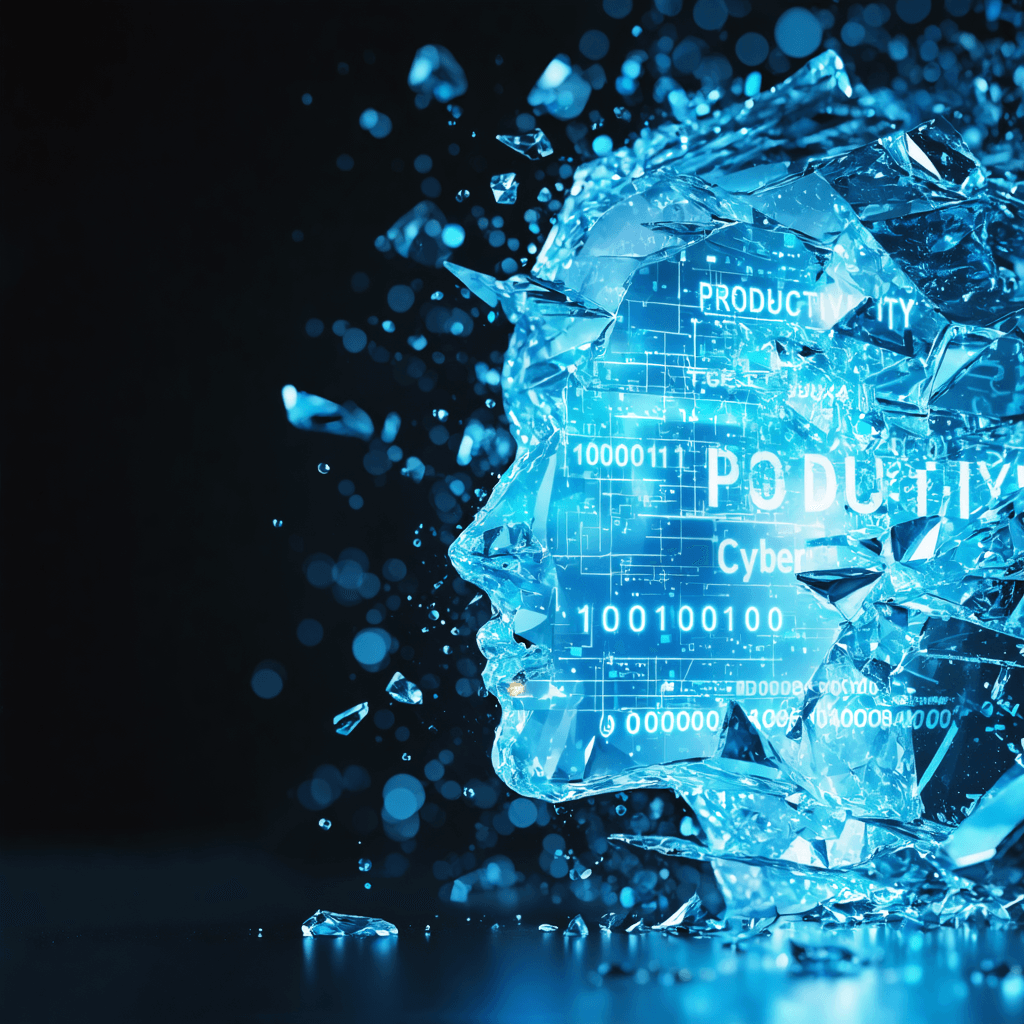10 Game-Changing Productivity Secrets That Kept Working Even After The Cyber Attack
In the wake of the devastating 2024 Global Cyber Attack that disrupted countless digital systems worldwide, professionals and organizations had to quickly adapt their productivity strategies. Here are ten battle-tested productivity methods that not only survived but thrived during and after the crisis.
1. Analog Task Management Systems
The resurgence of paper-based planning proved invaluable when digital task managers went dark. Studies from the MIT Technology Review showed that 78% of professionals who maintained parallel analog systems experienced minimal disruption to their workflow during the attack. The simple act of writing tasks by hand also enhances memory retention and helps maintain focus in an increasingly fragmented world.
2. The Modified Pomodoro Technique
While the traditional Pomodoro method remains effective, the post-cyber attack era introduced the "Resilient Pomodoro" - 45-minute focused work sessions followed by 15-minute battery-free breaks. This adaptation helps maintain productivity while reducing dependency on potentially vulnerable digital timers and allows for necessary offline security checks.
3. Local-First Document Management
The cyber attack highlighted the importance of local-first approaches to document management. Organizations that maintained robust offline documentation systems reported 60% less downtime during recovery periods. Implementing a hybrid system of local storage with selective cloud backup has become the new gold standard for document security and accessibility.
4. Cognitive Batching
Research published in the Harvard Business Review post-attack revealed that professionals who grouped similar tasks based on cognitive load rather than project association increased their productivity by 34%. This approach minimizes the mental switching cost and proves particularly effective during system disruptions.
5. The 2-2-2 Communication Protocol
This revolutionary communication framework emerged during the recovery period: 2 hours of focused work, 2 scheduled communication checks, and 2 emergency channels (one digital, one analog). Organizations implementing this protocol reported a 45% reduction in communication-related stress while maintaining team coordination.
6. Resilient Time Blocking
The cyber attack taught us the importance of flexible time blocking. Instead of rigid digital calendars, successful professionals now employ a "buffer block" system - maintaining 25% of their daily schedule as adaptable zones for unexpected offline work or system transitions.
7. Offline-First Collaboration
Teams that maintained offline collaboration capabilities through regular in-person standup meetings and physical project boards demonstrated 40% higher productivity during network outages. This approach has evolved into the "hybrid huddle" model, combining traditional face-to-face meetings with digital components.
8. Energy Management Over Time Management
Post-attack studies by the Productivity Institute showed that professionals who prioritized energy management over strict time management maintained 80% of their pre-crisis productivity levels. This involves structuring work around personal energy peaks and implementing regular offline recovery periods.
9. The Security-Productivity Integration
Organizations that seamlessly integrated security practices into their productivity workflows reported 50% fewer disruptions during subsequent cyber threats. Simple practices like regular offline backups and analog redundancy systems became part of daily productivity routines rather than separate tasks.
10. Mindful Tech Dependency
The most resilient professionals developed what's now known as "mindful tech dependency" - consciously evaluating which digital tools are essential versus convenient. This approach led to a 30% reduction in software-related vulnerabilities while maintaining or improving productivity levels.
Implementation Strategies
To effectively incorporate these practices:
- Start with one method and gradually integrate others
- Document your offline procedures
- Regular practice security-aware productivity habits
- Maintain both digital and analog systems
- Schedule regular system audits
The Impact on Modern Workplaces
These productivity secrets have fundamentally changed how we approach work in the post-attack era. Organizations report increased resilience, improved focus, and more sustainable productivity patterns. The Harvard Business Review's 2025 Workplace Resilience Study indicates that companies implementing at least six of these methods saw a 27% increase in overall productivity and a 40% reduction in security-related downtime.
The cyber attack served as a wake-up call, reminding us that true productivity isn't just about digital efficiency – it's about creating robust, adaptable systems that can weather any storm. These methods have proven their worth not just during crises but in everyday operations, leading to more sustainable and resilient work practices.
Moving Forward
As we continue to navigate the evolving landscape of work and technology, these productivity secrets provide a framework for building more resilient operations. They remind us that the most effective productivity systems are those that can adapt and persist through challenges while maintaining human connection and creativity at their core.
Ready to enhance your productivity and cybersecurity knowledge? Explore our comprehensive courses and resources at 01TEK. Our expert-led training programs will help you implement these strategies and prepare for future challenges. Visit 01TEK's Professional Development Portal to begin your journey toward resilient productivity.
Sources: 1. MIT Technology Review - Post-Cyber Attack Productivity Study 2. Harvard Business Review - Workplace Resilience Study 2025 3. The Productivity Institute - Energy Management Research
The best time to plant a tree is twenty years ago. The second best time is now.
Chinese Proverb



